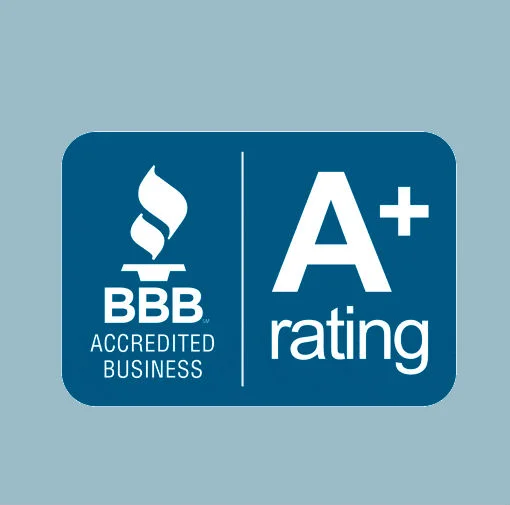5 Free (or Low Cost) Tactics that Leverage Patient Satisfaction

#1: Publish, publish and republish. Consumer comments on review sites, as well as the direct testimonials of patients, are highly influential. Sometimes known as consensus, or social proof, people are guided by what others have to think and say. For the greatest impact, find as many ways as possible to give the good word added exposure. Mindful of HIPAA guidelines, you might:
- Create a web page devoted exclusively to testimonials
- Invite new patient comments via a (monitored) web page
- Include one or two brief patient comments with every eNewsletter
- Publish a scrapbook or posters of comments for reception area
- Invite, inspire and post brief “selfie-video” patient comments
#2: Unhappy? Tell us about it. Marketing-smart retail products—especially online purchases—will arrive with clear directions and an extra-effort note about buyer satisfaction. Sellers (and this applies to healthcare providers) want happy customers, as well as repeat business and referrals. The missing element is that hospitals, medical groups and doctors need to ask for feedback. How can you adapt the following typical retail product message?
Unhappy? Our friendly customer service team will work hard to put a smile back on your face. Please reach us at: service@ [company email] or www. [company website].
#3: Happy? Tell others. The single biggest reason that business communications doesn’t inspire positive comments is that they don’t ask. As a companion with the message above, how would you revise and apply the following word to customers?
Happy? We’re just happy that you’re happy. If you’re not sure how to express your new found joy, here are a few suggestions:
- Tell your friends and family
- Share your experience; write a review on Amazon/our site
- Contact us via [website], Facebook, Twitter and Google+
#4: The ‘What Do You Think?’ letter. A couple weeks after starting a new email subscription, the editor of the publication sent a personalized email asking: “Well, What Do You Think? It was reminiscent of the one-time mayor of New York City whose well-known and constant catchphrase was: “How’m I doing?” (The wit and wisdom of Ed Koch, 1981.) To generate new and positive feedback, the obvious secrets include:
- Ask for the referral or recommendation (you’ve got to ask)
- Make it very easy for someone to do by providing direction and links
- Ask as a personal favor, and provide a ‘thank you’
Much like the Happy/Unhappy notes above, this follow-up email note asked a favor. “Would you consider asking a friend to join? Someone you think might enjoy this material. Hey, it’s free,” they wrote. “Why not share it?” You could do this if you tweet about it (they provided a link). Or, you could point people to (a link here) to help them signup.
#5: Hospital Patient Relations Hotline – Taking a hint from many consumer organizations, having a responsive consumer hotline is a powerful patient relations tool. The mechanics of this idea can vary and may not be free. The ideal setup has a live person available, at least during regular business hours. This investment—as an extension of a hospital public relations or patient satisfaction plan—has a big payback. Here’s ways that a hotline pays dividends:
Issues can be defused early. Studies show that it’s best to address complaints and negative issues when they first arise. Unhappy people are likely to grow more discontent when they feel ignored. And conversely, a “hotline” is an avenue for the public to report, to vent and to resolve a problem before it grows out of proportion.
Hospitals are big in many communities. In many towns, the hospital is the biggest employer or one of the largest local organizations. People—in this instance, patients—want to feel that this local “big business” is a responsive and involved “good neighbor.” What’s more, negative issues spread quickly within a tight knit community.
As a listening channel, you can avoid future problems. A hotline facilitates valuable two-way communications. The input, comments and suggestions (and occasional praise) from the public, tunes into future planning and solutions.
What can you add to this patient satisfaction list?
If you have a clever way to magnify, multiply or otherwise leverage positive patient comments—free or low cost—please let us know. We’d be pleased to hear from you.
Related Articles:
Why Patient Satisfaction is Key to Physician Marketing
Don’t Miss These 7 Free (Or Cheap) Healthcare Marketing Opportunities
Healthcare Consumerism: How to Avoid Being Left Behind
Three Ways To Use Technology to Improve Trust and Communication
Why Healthcare Marketing Needs Consumer Feedback More Than Ever









